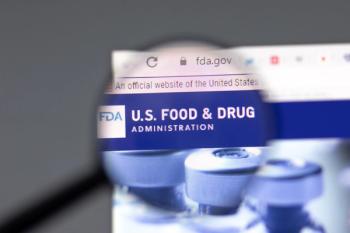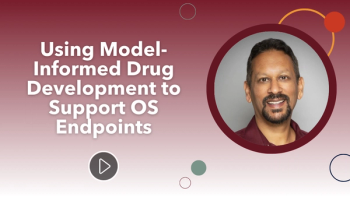
- Applied Clinical Trials-03-01-2013
- Volume 22
- Issue 3
Do it Right...the First Time
Consistent, effective process improvement can be the key to reducing delays and improving data accuracy.
In clinical trials, turnaround time and data accuracy are critical. The cost of a one-day delay in a drug being brought to market can be as much as $4 million to $5 million (
Dawn Pope
Thus, it is essential that all participants in clinical trials—sponsors, CROs, and IRBs—take steps to improve both efficiency and accuracy in order to get things done right the first time. Doing so requires that organizations look beyond symptoms to uncover the true causes of delays and errors. The holistic, rather than granular, application of positive change allows for maximum effect and return on investment (ROI). Additionally, new processes must be implemented in such a way as to become part of institutional culture, ensuring the consistent, ongoing success of future efforts.
In order to address these concerns, several successful organizations associated with the clinical trial industry have implemented Lean Six Sigma programs. Developed in the early 2000s, Lean Six Sigma combines the best of two leading process improvement methodologies. Data-driven decision-making in the Six Sigma vein uncovers the root of problems. Lean principles are used to improve productivity and Kaizen Events—focused, multi-day initiatives designed to deliver sustainable, continuous improvement— are implemented to create rapid, lasting change.
Lean and Six Sigma principles have traditionally been applied to manufacturing situations, with eyes on eliminating wasted raw materials and scrapped pieces. However, both methodologies—and the consequent Lean Six Sigma methodology—apply equally well to academic and service-oriented pursuits, such as the conduct of clinical trials. By seeking the true root of issues, sponsors, CROs, and IRBs are able to address study and review delays and paperwork-based errors, improving time-to-market and overall accuracy. The result is studies that are completed more quickly, more profitably, and with the best possible ethical oversight, protecting the rights of human subjects and vulnerable populations.
Though Lean Six Sigma initiatives have proved effective at the sponsor, IRB, and CRO levels, several factors must be considered when launching such a program. Detailed initial planning—including the selection of steering committees and executive buy-in—is key. Likewise, it is exceedingly important that process improvements be carried out by cross-functional teams, allowing for both sufficient institutional knowledge of the processes being modified and "fresh eyes" to suggest additional possibilities for the removal of waste and non-value-add activities. Above all, any effective Lean Six Sigma program must produce a lasting cultural shift, resulting in departmental goals becoming increasingly aligned with the organization's mission, vision, and values.
When deployed properly, Lean Six Sigma methodology is tailor-made for the clinical trial field. Such initiatives can allow sponsors, CROs, and IRBs to get it right the first time by reducing both study times and error rates. This, in turn, creates studies that are more profitable—and bring life-saving pharmaceutical products to market faster without sacrificing regulatory standards or human subject protection.
Dawn Pope
Chief Operating Officer Copernicus Group IRB
Articles in this issue
over 12 years ago
Scrutinizing Non-Core Protocol Proceduresover 12 years ago
Art & Science of Imaging Analyticsover 12 years ago
Business and People March 2013over 12 years ago
Patient-First Approach to Improve Oncology Clinical Trialsover 12 years ago
Testing Times for Clinical Trials in Europeover 12 years ago
Influence of Cost in the CRO Selection Processover 12 years ago
Circulating Tumor Cell Testingover 12 years ago
Cancer Experts Call for Major Research Changesover 12 years ago
Treating Alzheimer's EarlyNewsletter
Stay current in clinical research with Applied Clinical Trials, providing expert insights, regulatory updates, and practical strategies for successful clinical trial design and execution.






.png)



.png)



.png)
.png)
